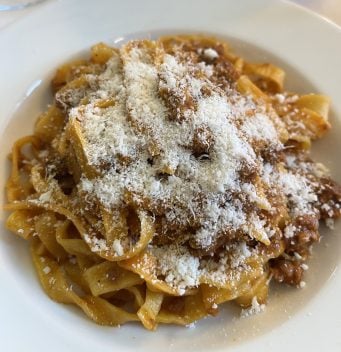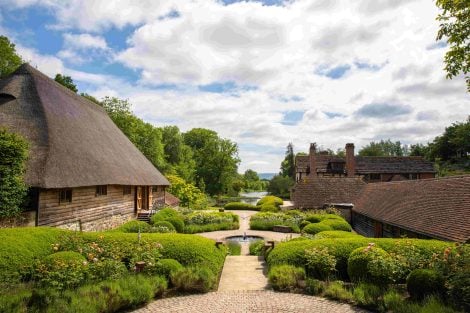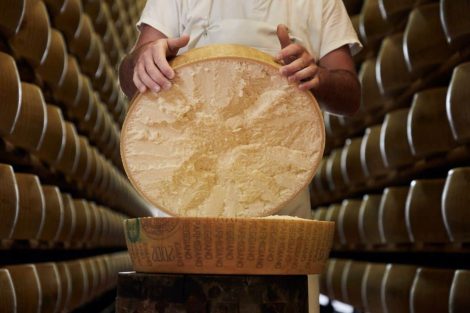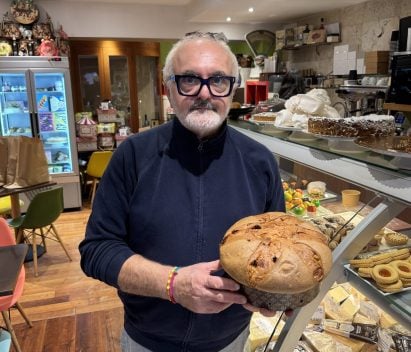In an era where sustainability is no longer a luxury but a necessity, cuisine is undergoing a transformation. Or rather, it's rediscovering traditional techniques and cultures from countries like Japan, where consuming whole small fish —including bones and entrails—is considered a secret to longevity
Fish bones, heads, skins, and entrails—once discarded or deemed "poor man's food"—are now taking centre stage on the menus of restaurants committed to environmental ethics and full utilisation of raw materials. This global movement marries haute cuisine with tradition, creativity with consciousness.
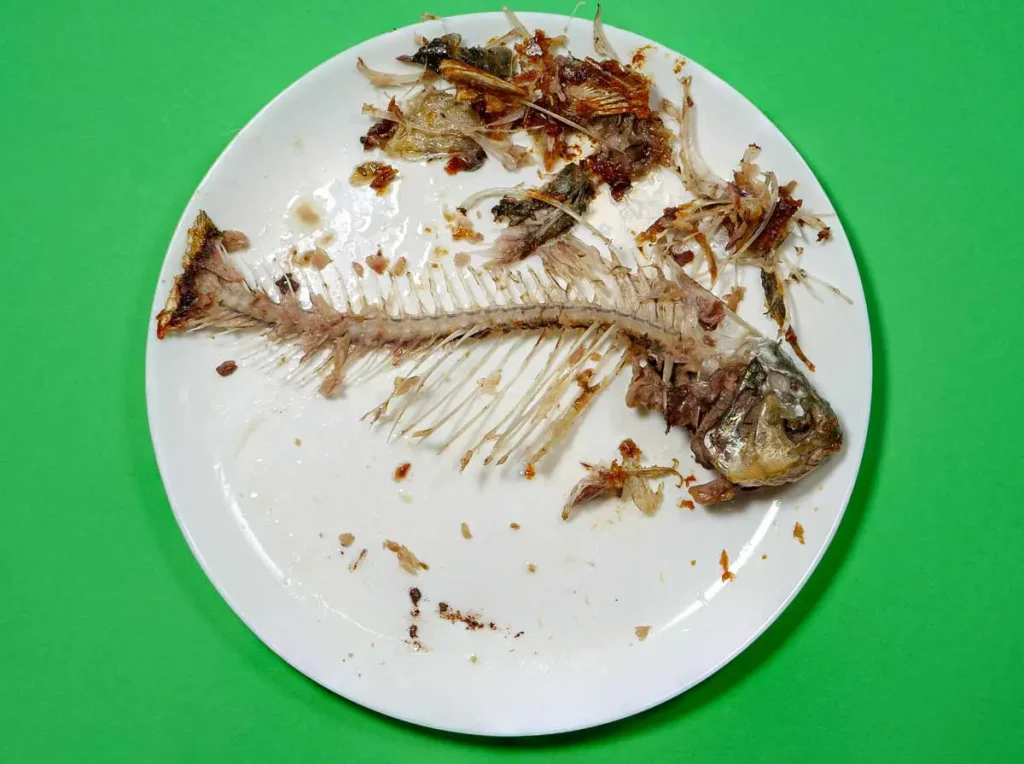
Italy: tradition meets innovation
In Italy, utilising fish "scraps" is far from new. Broths, fumets, preserves, and popular dishes like fish soup or creamed cod have long been intelligent ways to avoid waste. Today, chefs like Moreno Cedroni (La Madonnina del Pescatore, Senigallia) and Mauro Uliassi (Uliassi, also in Senigallia) elevate these practices to creative acts. Cedroni uses fish heads to prepare complex essences and stocks, and has now introduced an entire menu dedicated to fish bones, which are dried and then processed. Uliassi has experimented with using mullet entrails to create an alternative, locally sourced bottarga.
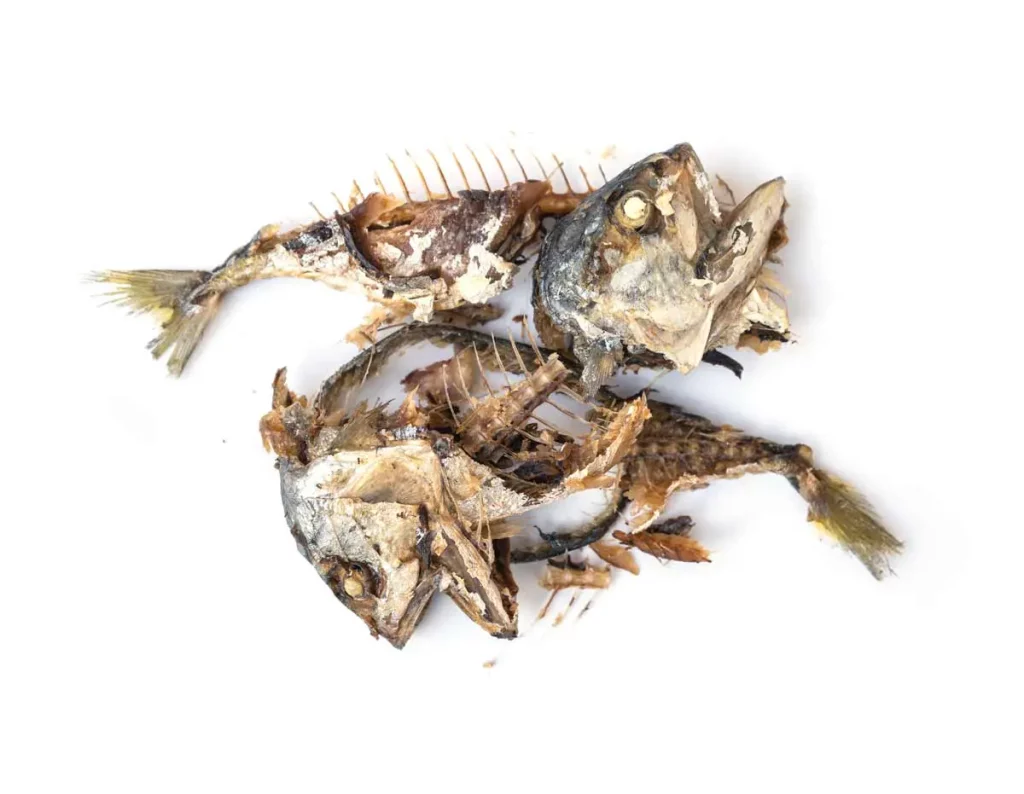
A coating of catfish skin and scales
Within Italy's emerging circular cuisine scene, smaller establishments adopt even more radical approaches. At Massimo Bottura's Refettorio in Naples, the "less noble" parts of locally donated fish become the stars of gourmet dishes served to those facing economic hardship. Meanwhile, Jacopo Ticchi (Da Lucio, Rimini) offers a millefeuille of fish skin and seaweed. Even a "mountain chef" like Michele Lazzarini at Contrada Bricconi in Bergamo has proposed a recipe featuring catfish (or pike) with a coating made from dried skins and scales, showcasing avant-garde yet flavourful cuisine.
UK and USA: zero-waste and provocation
In Anglo-Saxon countries, zero-waste culture is now a cornerstone of contemporary dining. In London, Douglas McMaster's Silo restaurant champions a "no bin" philosophy: there is no rubbish bin in the kitchen. Whole fish are delivered, and every part is used. Bones are toasted to create smoky broths, skins are fried into crispy snacks, and heads are braised or turned into purées.
Across the Atlantic in New York, Dan Barber's Blue Hill has initiated the "WasteED" project, where restaurants serve dishes composed entirely of scraps. Fish heads are used to stuff ravioli, while fried bones become finger food. The message is clear: what is discarded today can be both delicious and sustainable.
In this global context, it's impossible not to highlight Josh Niland, a leading advocate for fish ageing, who has accustomed diners to consuming every part of the fish in unexpected ways, such as desserts made from fish bones and eyes.
France: recovery and elegance
In France, the home of haute cuisine, repurposing fish scraps becomes an exercise in style. Chefs like Alexandre Couillon (La Marine, Noirmoutier) and Pascal Barbot (L’Astrance, Paris) have long worked to minimise kitchen waste. Sole and turbot carcasses form the base for seafood veloutés, while salmon or sea bass skins are dried and used as savoury, decorative garnishes.
French technique aims to highlight the "hidden" elements, transforming them into protagonists while maintaining the elegance and refinement characteristic of the nation's great culinary tradition.
Germany: sustainability meets science
In Germany, sustainability combines with rigour and experimentation. In Berlin, the Michelin-starred Nobelhart & Schmutzig restaurant works exclusively with local products, including freshwater fish. Trout and carp bones are transformed into crunchy chips or powders to season risottos. Chefs collaborate with biologists and nutritionists to maximise the nutritional value of scraps, introducing into the diet foods considered unusual but rich in minerals and collagen. Some Berlin startups are even experimenting with extracting collagen from fish heads to replace synthetic thickeners in jellies and desserts.
Spain: Sea and Innovation
Spanish cuisine, renowned for its ability to innovate from tradition, has found a new frontier in fish scraps. Ferran Adrià, with his encyclopaedia of preparations, has demonstrated that every part of the fish can have a gastronomic function. The Roca brothers (El Celler de Can Roca, Girona) adopt a poetic and sustainable approach: broths from roasted bones, emulsions from bluefish livers, sauces from prawn heads. Ángel León, the "chef of the sea" at Aponiente, continues his exploration of the marine environment, investigating the gastronomic potential of every element with an eye on sustainability and flavour. His focus encompasses both plant and animal marine life, studying every part of the fish in a zero-waste perspective. Even lesser-known coastal restaurants, like Casa Marcial in Asturias, offer menus where fish is served "whole," telling a story of territory and respect.
A new (ancient) gastronomic culture
From Michelin-starred kitchens to neighbourhood bistros, the creative use of fish bones and scraps is redefining the concept of waste in cooking. It's an ethical gesture, but also a cultural and aesthetic one. Simultaneously, it narrates a story often rooted in heritage. We're witnessing a new way of thinking about food that also draws from humanity's ancestral culture: less waste, more value—needs that have existed for centuries—combined with storytelling and enjoyment, the true contemporary ingredients made possible by technique and technology. After all, as popular traditions and world cuisines teach us, every part of the animal can become delicious. One just needs to listen and work with it.

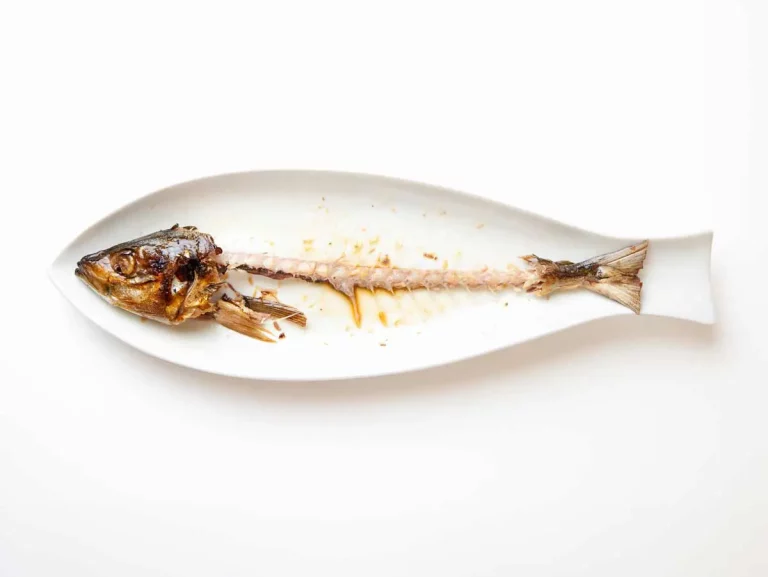
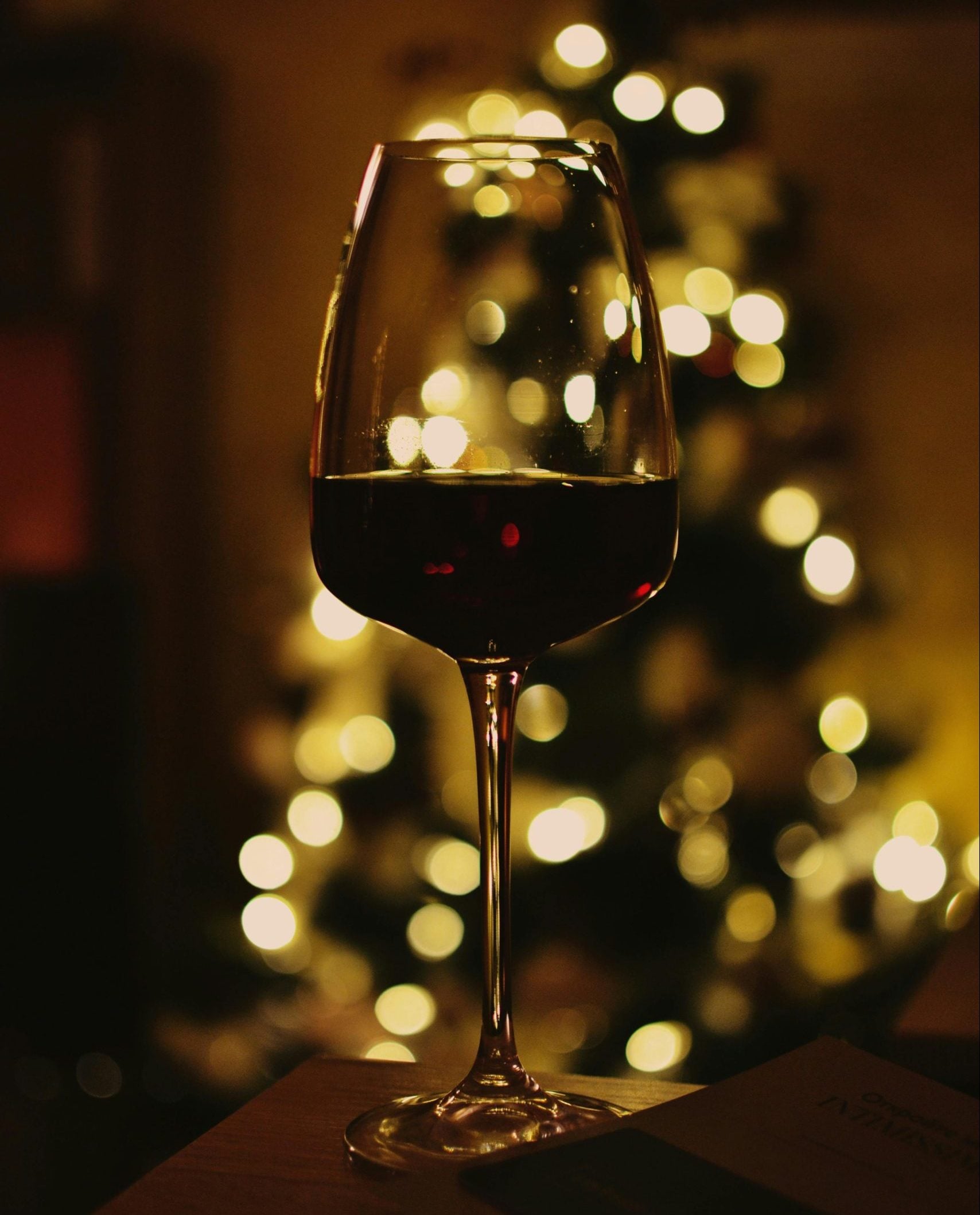 What do sommeliers drink at Christmas?
What do sommeliers drink at Christmas? The alpine hotel where you can enjoy outstanding mountain cuisine
The alpine hotel where you can enjoy outstanding mountain cuisine Io Saturnalia! How to celebrate the festive season like an Ancient Roman
Io Saturnalia! How to celebrate the festive season like an Ancient Roman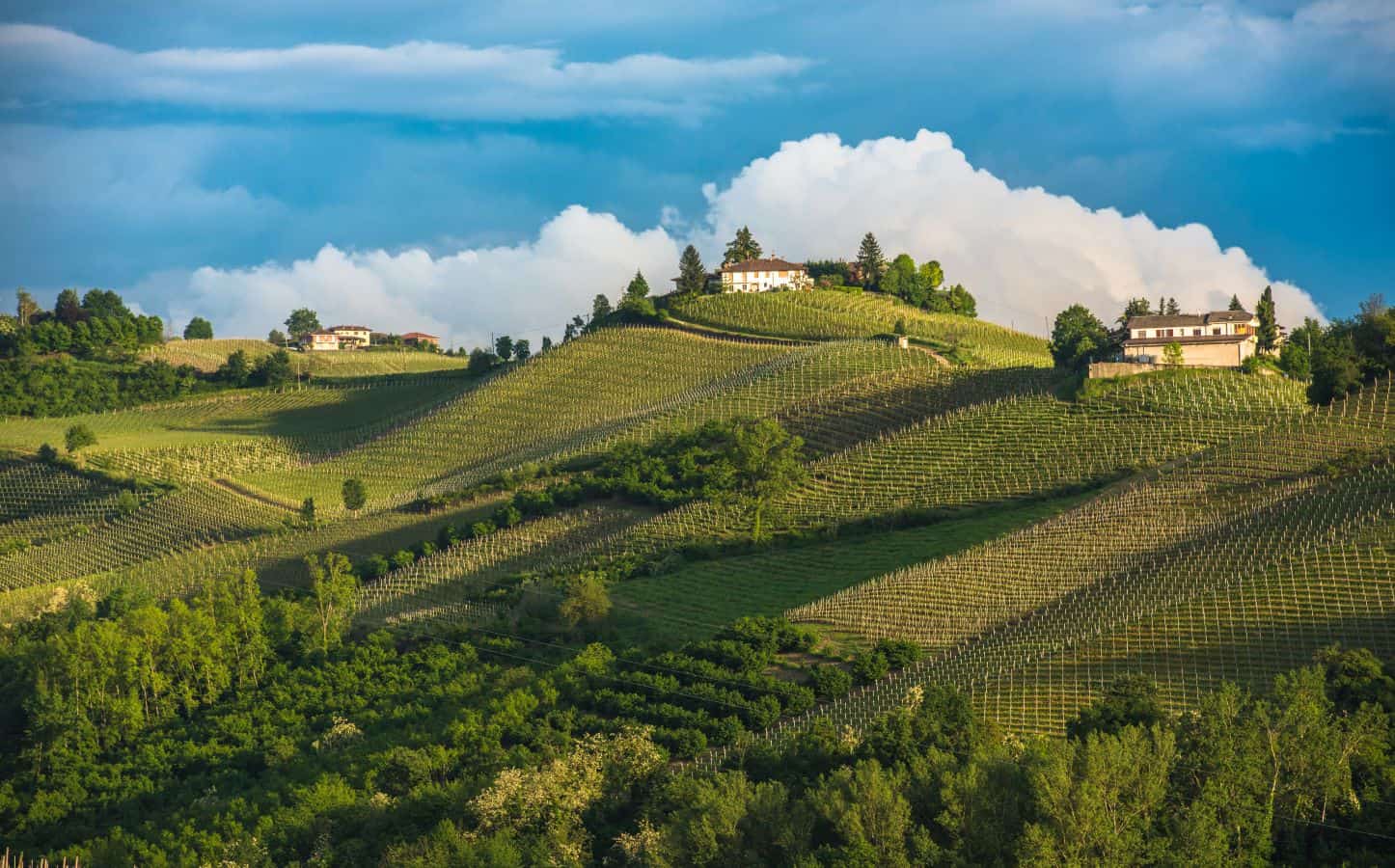 The UNESCO effect: tourism is growing, but there is a risk of losing identity
The UNESCO effect: tourism is growing, but there is a risk of losing identity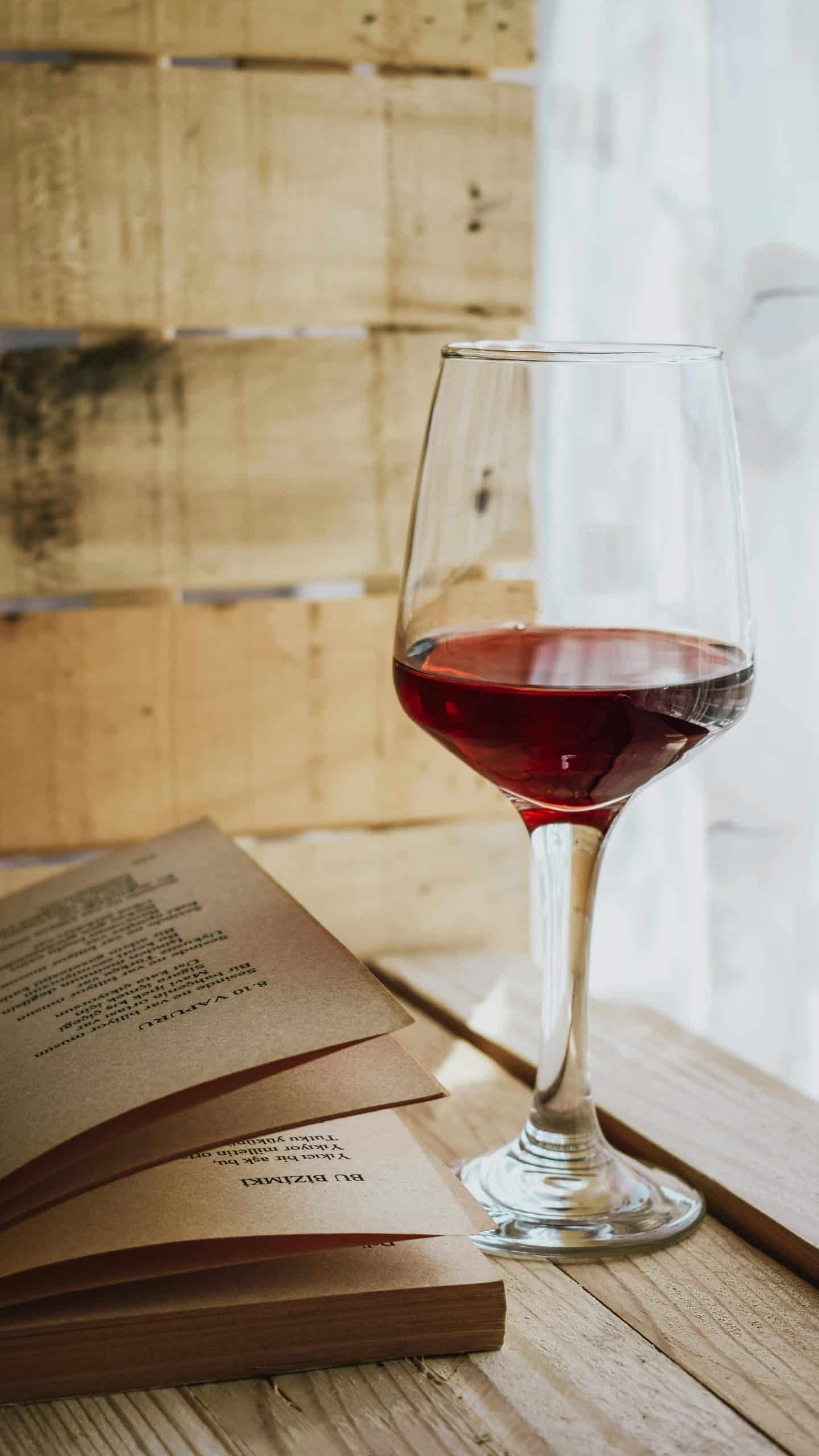 The perfect pairing? Wine and books
The perfect pairing? Wine and books
